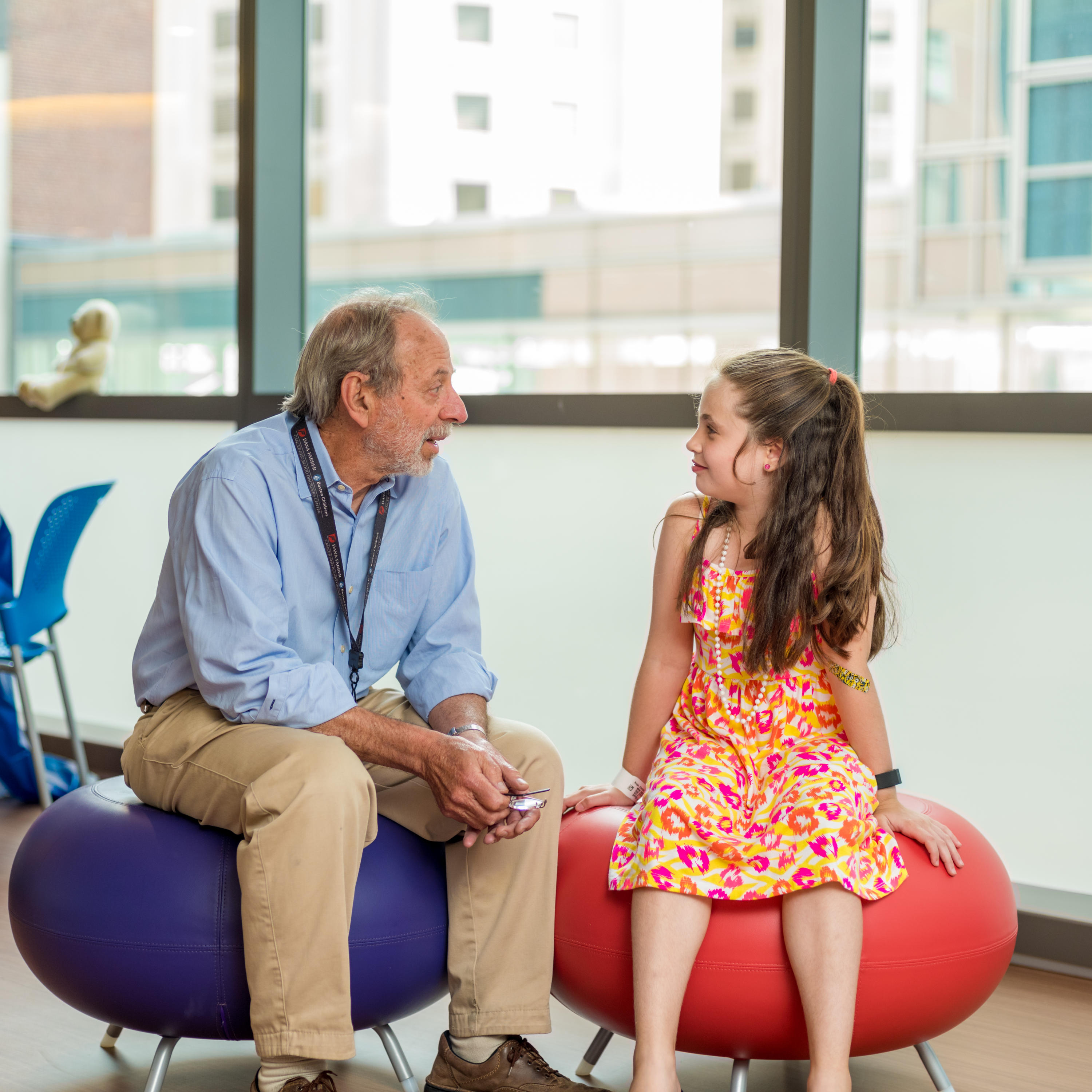No one is prepared to tell a loved one they have cancer. But the conversation becomes even more difficult when it’s your child who is diagnosed. How should parents and patients tell family members and friends, and who should be taking the lead? While there are some universal recommendations, much depends on the child’s age and personality, say Sarah Tarquini, PhD, and Amy Grose, LICSW, of Dana-Farber/Boston Children’s Cancer and Blood Disorders Center’s division of Pediatric Psychosocial Oncology.

Before anyone outside the family knows about a child’s diagnosis, Tarquini stresses that you ensure the child herself has an age-appropriate understanding of what’s happening to her. From there, parents often start with more practical communication, with people like the child’s school, parents’ work, and insurance companies, followed by family and close friends, and then the larger community.
Once you are ready to disclose a child’s cancer diagnosis to others, Tarquini and Grose say it’s important to make sure what you say is true, and that you are sharing information in an age-appropriate way and taking into consideration the patient’s preferences for what is shared and how.
In the age of social media, for example, many teenagers take the lead and share their diagnoses with friends immediately, through Facebook or text messages, and the instantaneous support they receive can be very helpful, says Grose. While it’s more natural and organic for teens to drive friend-to-friend communication about their cancer, for younger children, disclosure is much more parent-driven.
Younger children’s parents often start with the patient’s friends’ parents, who often need time to adjust to the news before speaking with their own young children, Grose says. You can then do some education with friends’ parents, organize play dates, and make social connections happen if they aren’t happening on their own.
While some parents may have these discussions face-to-face and teens may use social media, these methods might not work for each patient, or each person you tell. Some teens might tell their best friend in person, for example, but text other friends and later post the news online. Others may only tell a few close friends in person.
It’s important to remember that, while sharing the information the first time is unique, this is not a onetime conversation, Tarquini notes. It’s important to assess over time if you need to share more, or different, information, and if your method of communicating is working or if you should try something different next time.
Just as the information you share will change as treatment goes on, the support you receive from others may change as well, which can be challenging.
“For teens, friends might move on to discuss normal teenager gossip, while one is in the hospital and may feel forgotten about,” says Grose. “There are waves in time where communication shifts.”
Learn More:
“This is often an amplified version of normal adolescent problems, such as belonging and misunderstanding, at a time when someone is remarkably vulnerable,” Tarquini adds.
For all patients, regardless of age, it’s important for them and their parents to prepare for these waves in support, and for any questions others might ask, such as why they don’t have hair. “These questions can be very disarming,” Tarquini says. “Parents don’t want their kids to be hurt beyond what they’re already going through, and getting skills to manage these tough interactions can help avoid that and come in handy throughout life.”
If you would like help talking about cancer with your loved ones, contact your psychosocial provider or another member of your care team. Dana-Farber/Boston Children’s patients may call 617-632-6080 to be connected with a member of the Pediatric Psychosocial Oncology team.

I can’t imagine how difficult this would be for a parent.